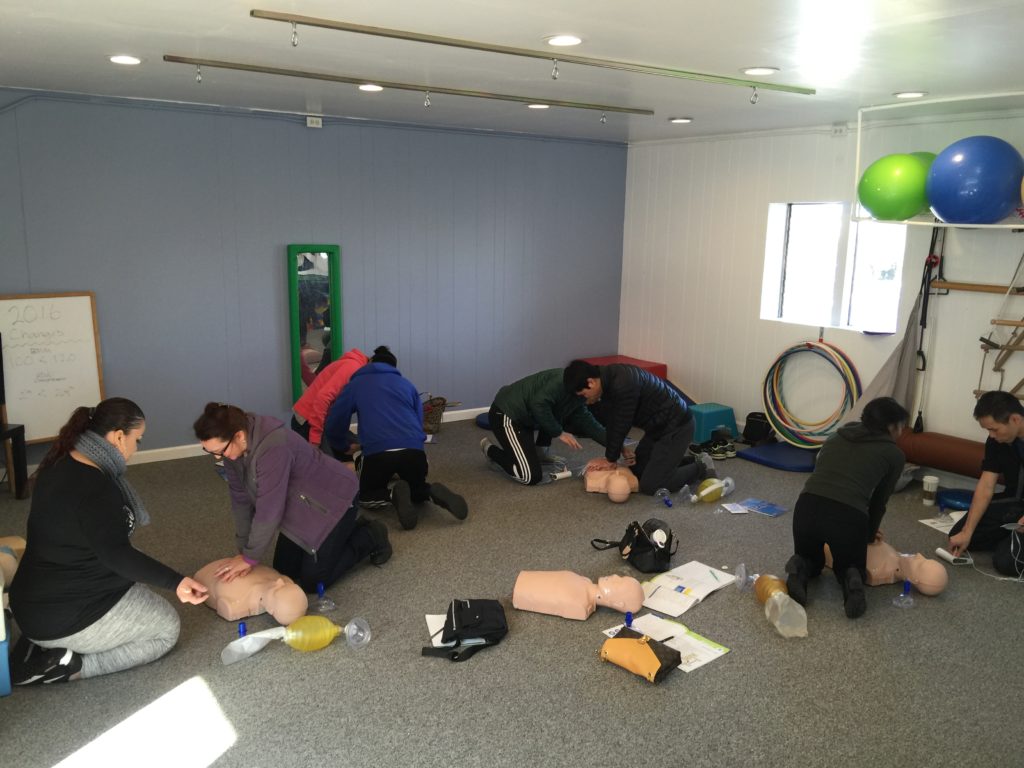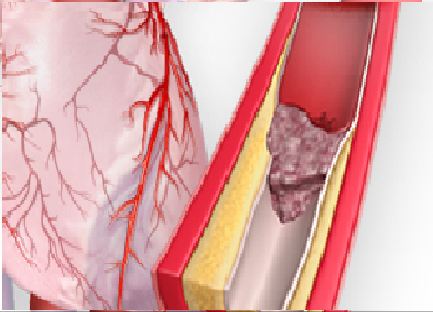
First Support CPR and First Aid Training offers CPR Classes in San Jose California. We offer BLS Provider, First Aid, First Aid CPR AED, CPR AED and Pediatric First Aid CPR AED. Our classes are every Tuesday and Friday at 7:15 PM or if you wish, we can schedule a special class for you with a minimum of 3 persons. We are American Heart Association Authorized Training Center. After taking the CPR class, students will receive the certification card right away through email. CPR Classes take place at our own facilities rather than in the downtown area where students are required to park in the garage where they would have to pay for parking. Students shouldn’t have to pay for parking for a class that they are already paying for. Therefore parking is free when you take a CPR Class with us.
Learning how to save a life is important and everyone should know how to do it.
If you have any question, you can call us at (408) 475-7724 or email us at info@firstsupportcpr.com

















